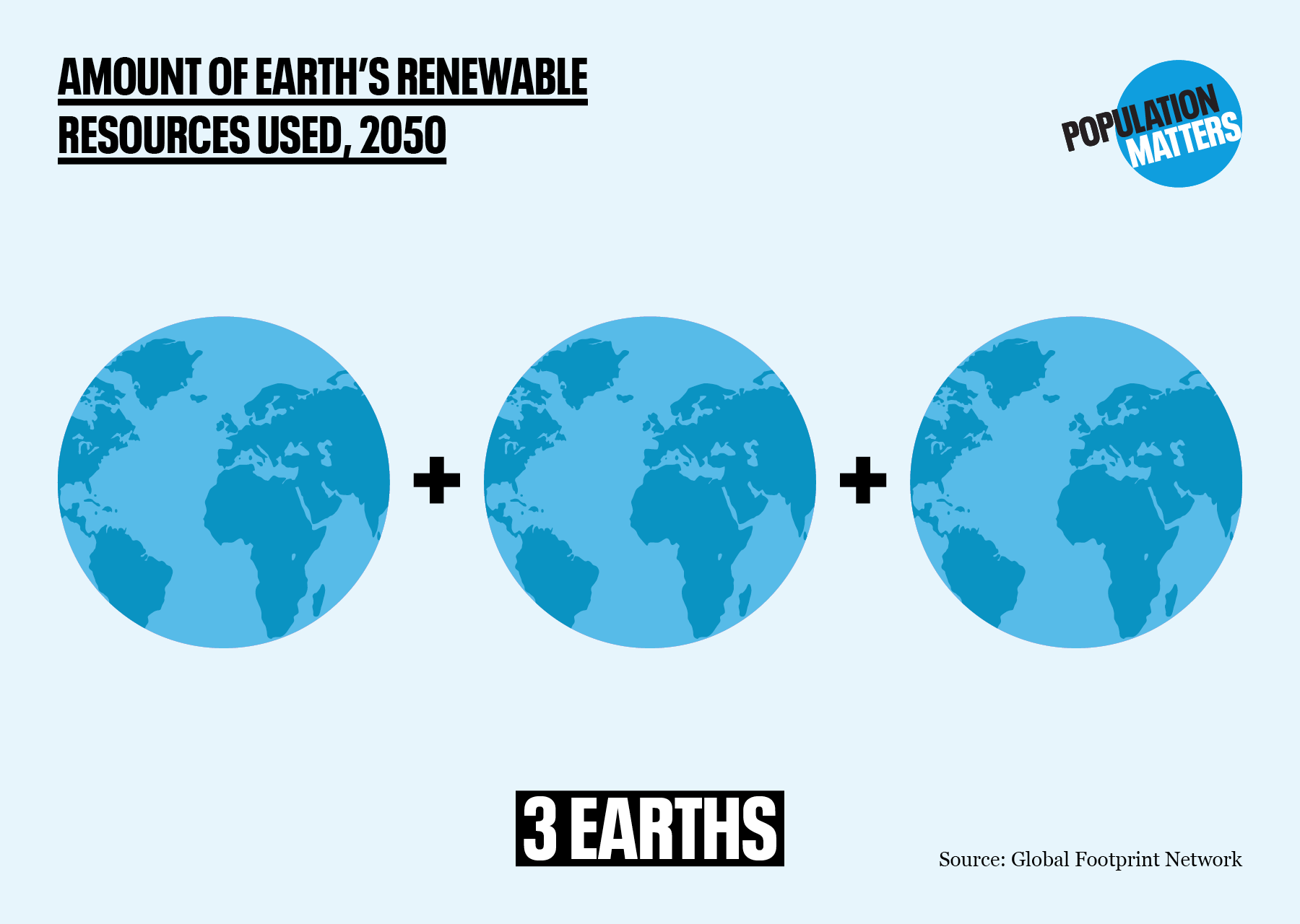
Right to Repair: A Path Towards Circular Economics
Today is International Repair Day, an annual event to celebrate those who help consumers repair their products and reduce their impact upon the planet. The right to repair movement is a crucial part of the transition to a circular economy.
In a world where we are constantly bombarded with adverts encouraging us to upgrade our phones, buy the latest gadgets and update our wardrobes with new clothes, there’s the implicit message to discard the old.
To buy, buy, buy, and ignore the mounting waste and pollution. But the environmental effects can’t be ignored with mountainous piles of landfill and plastic in our oceans. Our overconsumption, and growing population, demand more resources than the earth can supply.

International Repair Day
Our consumption-driven culture is encouraged by companies who deliberately design products with limited lifespans. This practice is known as planned obsolescence, meaning we must replace our old devices with the latest models. Companies can also make it difficult to get our current devices repaired, with consumers having to fight for the right to repair products.
Today is International Repair Day, a day to celebrate all those in our communities who make it easier for us to repair our products, which can reduce our environmental impact.
The right to repair movement has emerged as a critical force in challenging the throwaway culture that dominates today’s global economy. This movement advocates for the ability for consumers to repair their own devices. Smartphones, computers, home appliances and even cars are included. Too often we are forced to discard and replace products when they break or become outdated.
We’ve recently begun a series exploring alternative economic models, including Circular Economics. At its core, right to repair aligns with the principles of this theory. It seeks to minimise waste by keeping products in use longer, promoting repair, reuse, and designing goods with longevity in mind.
Our planet is under tremendous strain due to unsustainable patterns of consumption and production. The right to repair movement is not just about fixing gadgets. It’s a step toward rethinking how we interact with the resources we consume and is vital to help address the environmental challenges posed by our high consumption and growing global population.

The Problem with Planned Obsolescence
E-waste is any discarded electronic appliance such as mobile phones, computers, and televisions. It’s one of the fastest growing solid waste streams in the world. In 2022, an estimated 62 million tonnes of e-waste were produced globally. Only 22.3% was documented as formally collected and recycled.
One of the key drivers behind the world’s growing e-waste is planned obsolescence. Whether it’s through difficult-to-replace batteries, proprietary screws, or software updates that cause your device to become outdated, planned obsolescence forces consumers to buy new products more frequently than they would otherwise need to.

This is a direct contradiction to the principles of a circular economy, where conscious design focused on product longevity and minimising waste by ensuring products can be recirculated into the economy at the end of their lifespan.
For every new gadget or household appliance that is bought, vast quantities of raw materials must be extracted. This contributes to environmental degradation, biodiversity loss, and increasing carbon emissions. The right to repair movement is a response to this wasteful cycle, pushing for products to be built for durability, reparability, and reusability. This aligns with the principles of circular economics and reduces demand for natural resources and environmental pressure.
Right to Repair and Circular Economics
One of the major components of circular economics is product life extension, which seeks to maximize the use of a product by enabling consumers or independent repair services to fix items when they break.
Right to repair laws would ensure that individuals have access to the necessary tools, parts, and information to perform these repairs – encouraging a culture of fixing, rather than disposing. This not only reduces the e-waste and overall material consumption but also decreases demand for resource extraction, reducing the environmental impacts associated with manufacturing new products.
Despite opposition from major tech companies to the right to repair movement, there has been valuable progress made. In the United States, the right to repair movement has made significant strides, with multiple states having adopted right to repair legislation.
The EU also embraced the right to repair movement as part of its directives towards a circular economy which are aimed toward reducing e-waste and greenhouse gas emissions through improvements in consumer repair and recycling programs. A 2020 Circular Economy Action Plan draft included the right to repair of electronics for EU citizens, so consumers can replace only the malfunctioning parts of their products rather than replace the entire device, reducing e-waste.
Currently, the UK’s right to repair law only covers dishwashers, washing machines, washer-dryers, refrigeration appliances as well as televisions and electronic displays, but not smartphones.

Join The Movement
The right to repair movement is a crucial part of the broader effort to transition from a linear to a circular economy. One in which waste is minimised, products are kept in use longer, and demand for primary resources is reduced, lessening environmental pressures.
Many of us are likely to find e-waste in our homes, whether it’s old smartphones in drawers, or a broken computer put away in the attic. All of these electronic devices can be properly recycled, and are in demand. Scientists are calling for “urban mining” to recycle our old tech to harvest the copper and other precious metals inside.
As for your current devices, if they’re starting to get faulty then you can get them repaired. Organisations such as The Restart Project help people learn how to repair their broken electronics.
The right to repair movement is an important shift to help us all rethink how we consume in the first place. At its core is the value in repairing our products and reducing our consumption.



